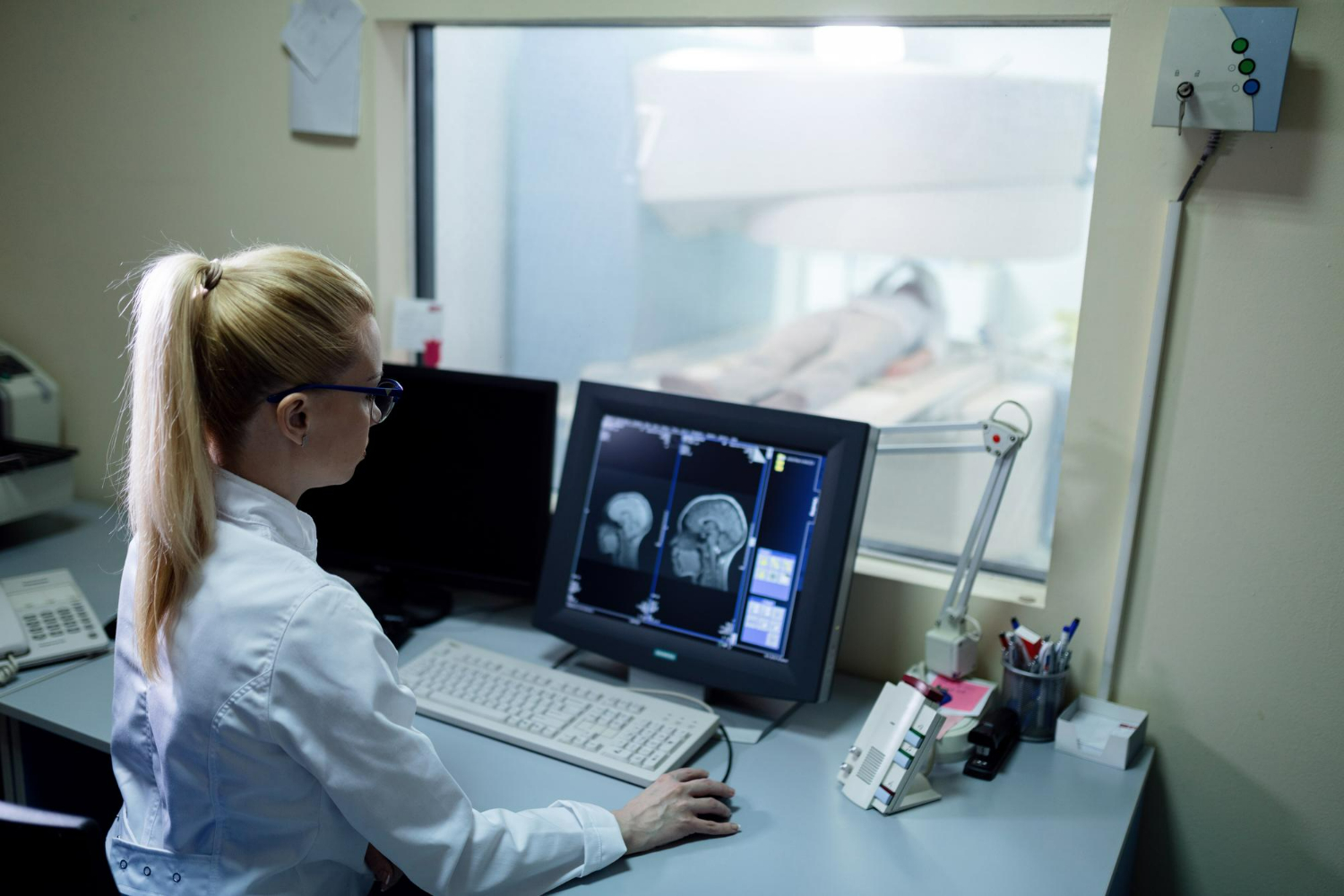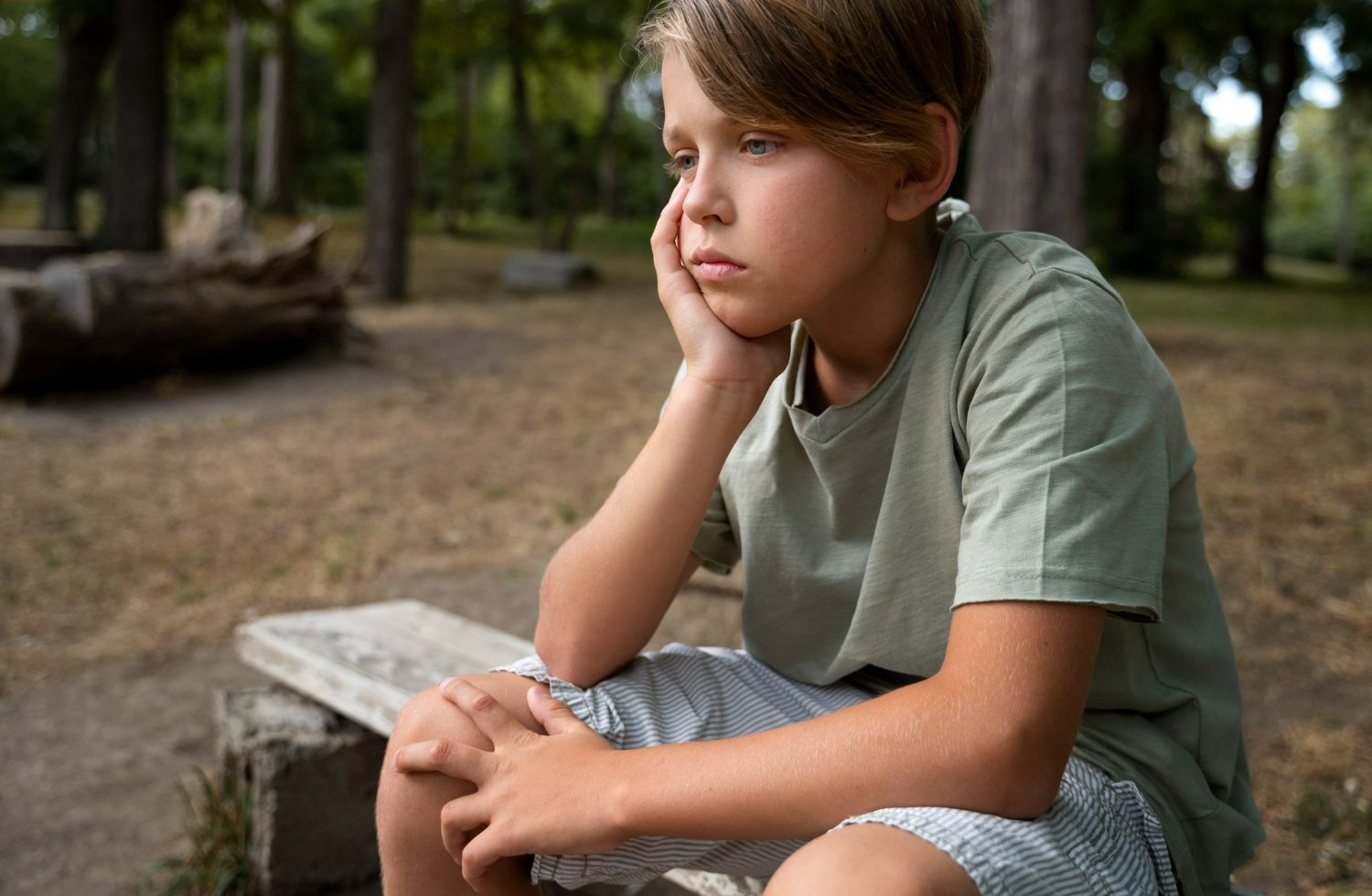Introduction
Alopecia, a condition characterized by hair loss, manifests in various forms and affects individuals differently. This article aims to provide a comprehensive understanding of the types, causes, and symptoms of alopecia.
Types of Alopecia
Androgenetic alopecia: Commonly known as male or female pattern baldness, androgenetic alopecia results from genetic predisposition and hormonal influences. It typically presents as gradual thinning of hair over time.
Alopecia areata: This autoimmune disorder causes sudden hair loss in distinct patches on the scalp or other parts of the body. It can progress to total hair loss (alopecia totalis) or loss of all body hair (alopecia universalis).
Telogen effluvium: Telogen effluvium is characterized by sudden, temporary hair shedding due to stress, illness, hormonal changes, or certain medications. It disrupts the hair growth cycle, leading to excessive shedding and thinning.
Traction alopecia: Repeated tension or pulling on the hair follicles, often due to tight hairstyles or hair treatments, can result in traction alopecia. It typically presents as gradual hair loss along the hairline or in areas of repeated tension.
Causes of Alopecia
Genetics: A family history of alopecia predisposes individuals to inherit the condition, particularly androgenetic alopecia. Specific genes related to hair follicle sensitivity to hormones contribute to its development.
Autoimmune disorders: In alopecia areata, the immune system mistakenly attacks hair follicles, causing them to shrink and impede hair growth. The exact triggers for this autoimmune response are not fully understood but may involve genetic and environmental factors.
Hormonal imbalances: Fluctuations in hormone levels, such as those occurring during puberty, pregnancy, or menopause, can disrupt the hair growth cycle and lead to temporary or permanent hair loss.
Stress: Chronic stress can induce telogen effluvium by pushing hair follicles into a resting phase prematurely, resulting in excessive shedding. Additionally, stress may exacerbate autoimmune responses in alopecia areata.
Nutritional deficiencies: Inadequate intake of essential nutrients, such as iron, vitamins D and E, and protein, can compromise hair health and contribute to hair loss. Nutritional deficiencies may exacerbate existing alopecia or trigger temporary shedding.
Symptoms of Alopecia
Gradual thinning of hair: Androgenetic alopecia typically presents as a gradual reduction in hair density, especially along the crown and temples in men and the central scalp in women.
Sudden hair loss in patches: Alopecia areata often manifests as round or oval patches of hair loss on the scalp, which may spontaneously regrow or progress to more extensive baldness.
Complete baldness: In severe cases, alopecia can lead to complete baldness on the scalp (alopecia totalis) or loss of all body hair (alopecia universalis), affecting an individual’s appearance and self-esteem.
Changes in hair texture and quality: Hair affected by alopecia may become brittle, thin, or finer in texture, with noticeable changes in its overall appearance and resilience.
Scalp itching or discomfort: Some individuals with alopecia may experience itching, tingling, or discomfort on the scalp, particularly in areas of active hair loss or inflammation.
Diagnosing Alopecia
Physical examination: A dermatologist will examine the scalp and hair follicles for signs of hair loss, such as widening part lines, bald patches, or miniaturized hairs.
Medical history review: Providing details about family history, recent stressors, medication use, and dietary habits helps clinicians assess potential causes of alopecia and tailor treatment recommendations.
Scalp biopsy: A small sample of scalp tissue may be extracted and examined under a microscope to confirm the diagnosis of alopecia and rule out other conditions.
Blood tests: Laboratory tests can assess hormone levels, nutritional status, and autoimmune markers to identify underlying factors contributing to hair loss.
Treatment Options
Topical medications: Minoxidil, applied directly to the scalp, stimulates hair follicles’ growth and may slow down hair loss or promote regrowth in some individuals with androgenetic alopecia.
Oral medications: Finasteride, taken orally, inhibits the conversion of testosterone to dihydrotestosterone (DHT), a hormone implicated in androgenetic alopecia progression, thereby reducing hair loss in men.
Injections: Corticosteroid injections directly into bald patches can suppress the immune response and promote hair regrowth in individuals with alopecia areata.
Hair transplant surgery: In advanced cases of alopecia, surgical procedures such as follicular unit transplantation (FUT) or follicular unit extraction (FUE) can transplant hair follicles from donor areas to balding areas for permanent restoration.
Alternative therapies: Natural remedies like essential oils, herbal supplements, and acupuncture may complement conventional treatments and support overall hair health, although their efficacy varies and requires further research.
Lifestyle and Home Remedies
Stress management techniques: Practicing relaxation techniques such as deep breathing, meditation, or yoga can help mitigate stress-induced hair loss and promote overall well-being.
Balanced diet and nutritional supplements: Consuming a diet rich in vitamins, minerals, and antioxidants supports healthy hair growth, while supplements may address specific nutritional deficiencies contributing to alopecia.
Gentle hair care practices: Avoiding harsh chemical treatments, excessive heat styling, and tight hairstyles minimizes hair damage and prevents further hair loss in individuals with fragile or thinning hair.
Scalp massage: Regular scalp massage with nourishing oils or serums improves blood circulation, stimulates hair follicles, and promotes hair growth, enhancing overall scalp health.
Use of camouflage techniques: Cosmetic products like hair fibers, powders, or concealers can disguise bald patches and thinning areas, boosting confidence and self-esteem in individuals with alopecia.
Coping Strategies
Seeking support from loved ones: Open communication with family and friends about alopecia-related challenges fosters understanding, empathy, and emotional support during the coping process.
Joining support groups: Connecting with others facing similar experiences through local or online support groups provides a sense of community, validation, and shared coping strategies.
Counseling or therapy: Professional counseling or therapy sessions help individuals navigate the emotional impact of hair loss, build resilience, and develop healthy coping mechanisms.
Embracing self-acceptance and confidence: Fostering a positive self-image and embracing one’s unique beauty beyond hair appearance cultivates self-acceptance, confidence, and empowerment in individuals with alopecia.
Complications and Considerations
Emotional impact: Living with alopecia can significantly impact self-esteem, body image, and emotional well-being, leading to feelings of embarrassment, social isolation, or depression in some individuals.
Social implications: Societal perceptions of beauty and masculinity may exacerbate the stigma associated with hair loss, affecting personal relationships, career opportunities, and social interactions.
Associated health risks: Although alopecia itself is not life-threatening, certain types of hair loss may signal underlying medical conditions requiring further evaluation and management, such as thyroid disorders or autoimmune diseases.
Conclusion
Alopecia encompasses a spectrum of hair loss conditions with diverse causes, symptoms, and treatment options. Understanding the nuances of each type of alopecia, addressing underlying factors contributing to hair loss, and adopting holistic approaches to treatment and coping are essential steps towards managing alopecia and reclaiming confidence and well-being. By seeking professional guidance, fostering social support networks, and embracing self-acceptance, individuals with alopecia can navigate the challenges of hair loss and thrive with resilience and confidence.


















